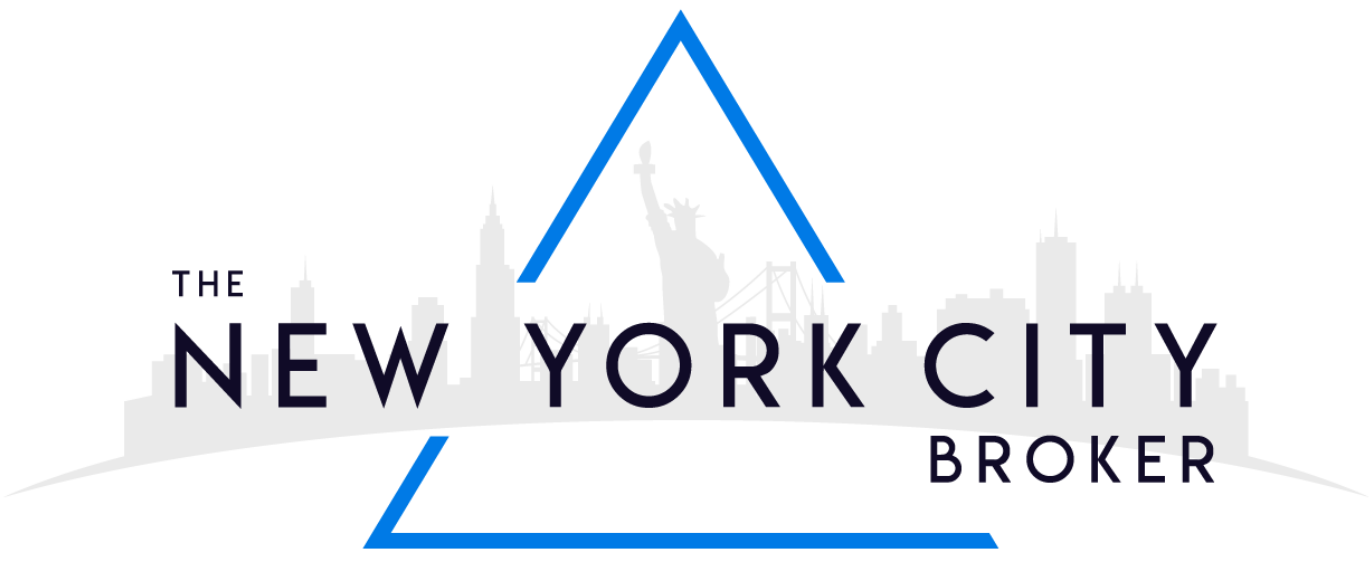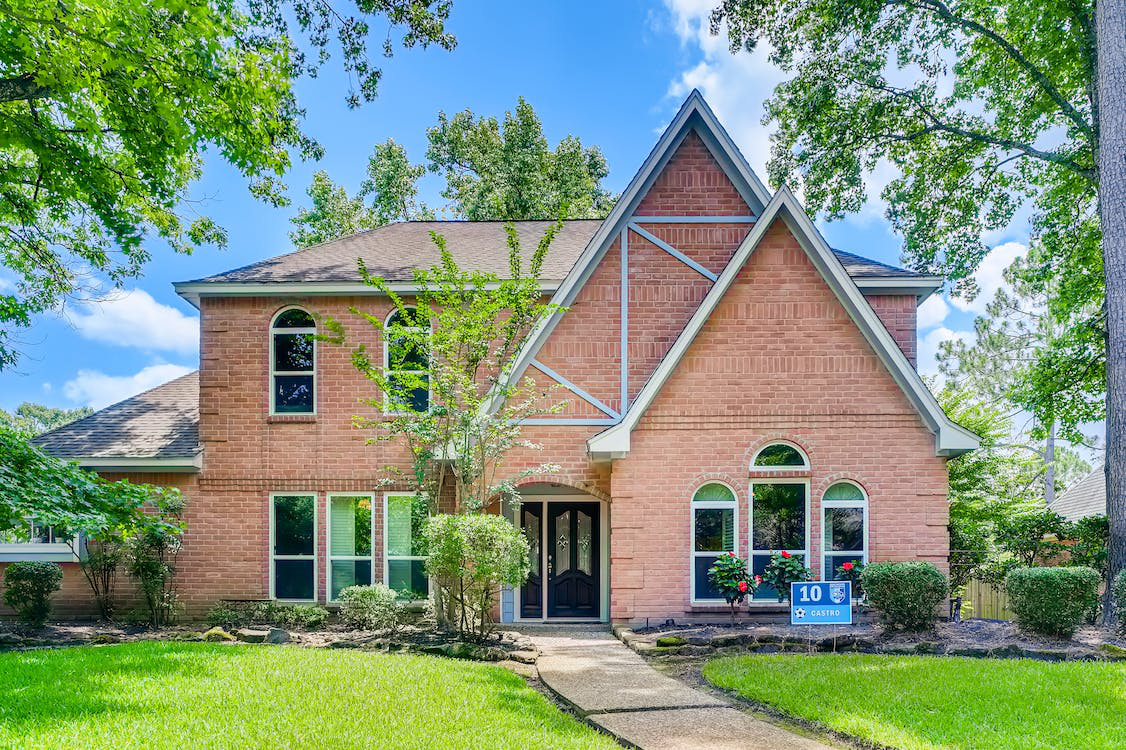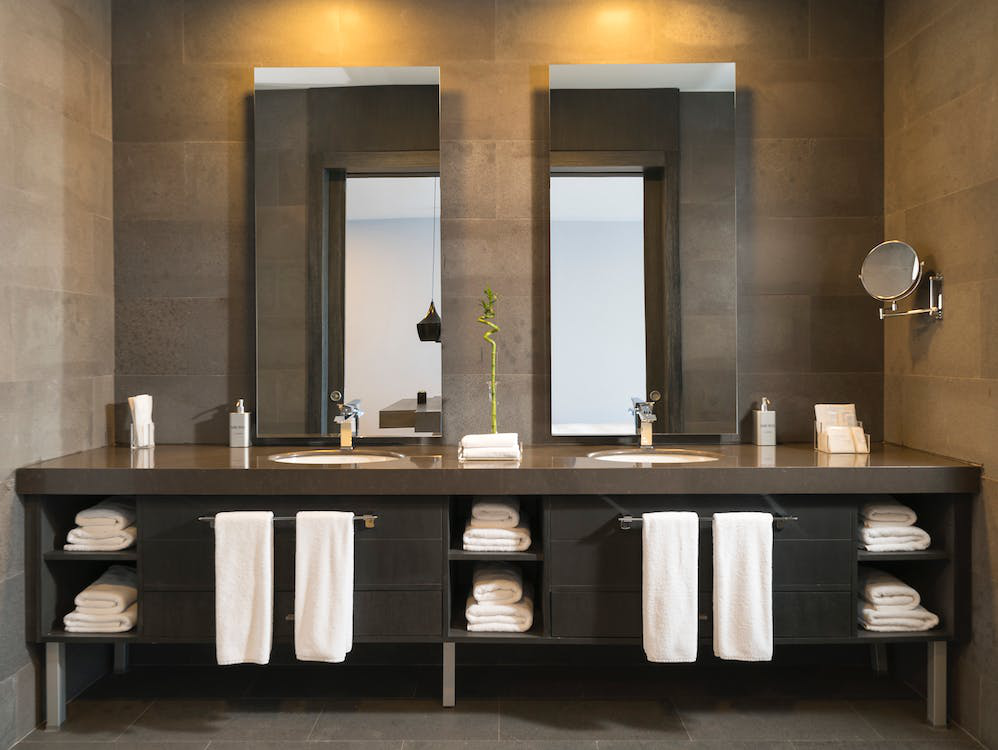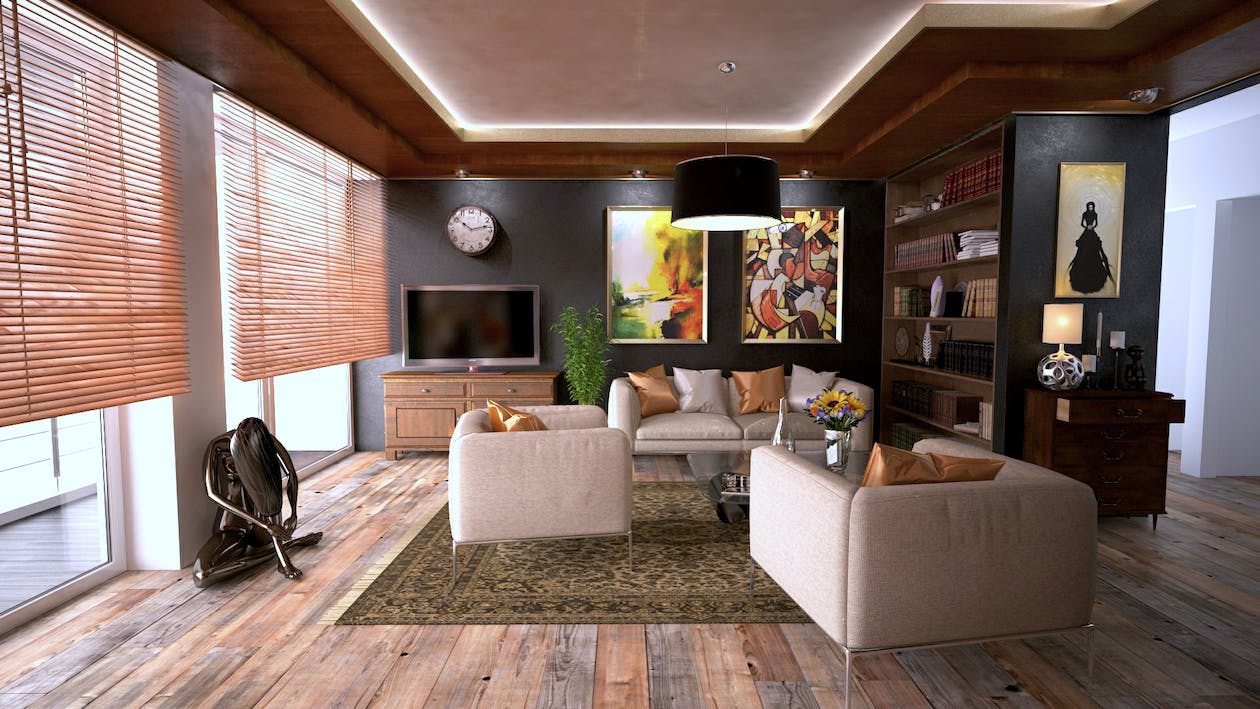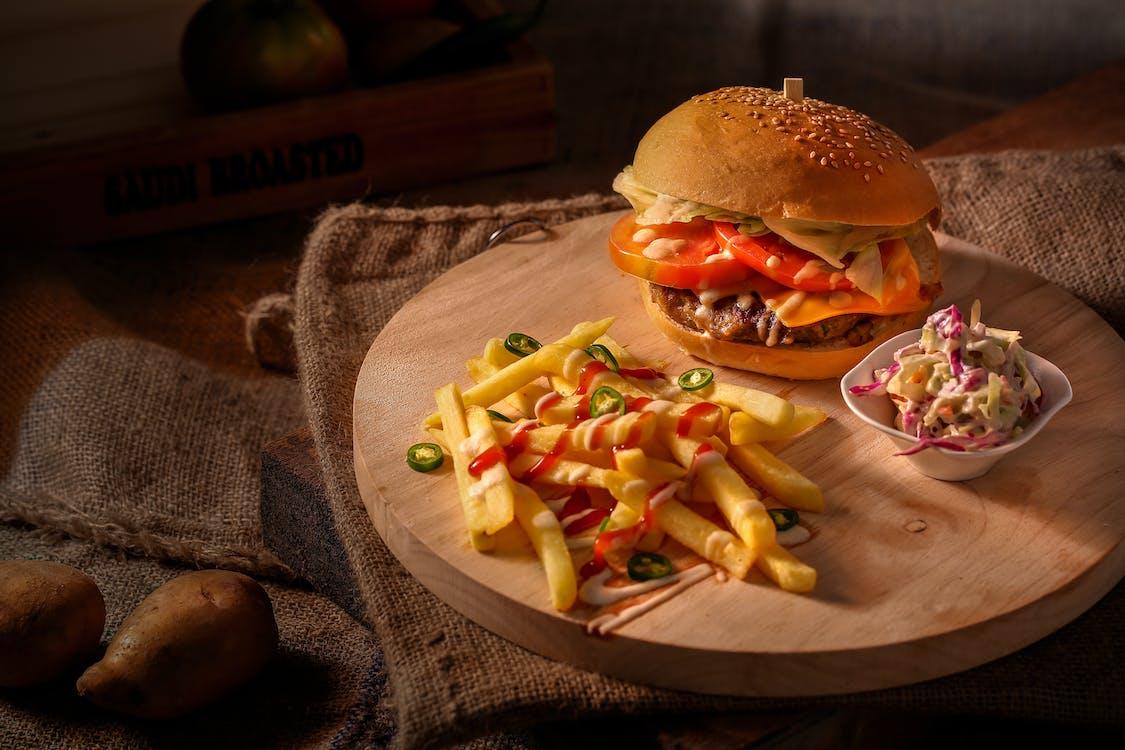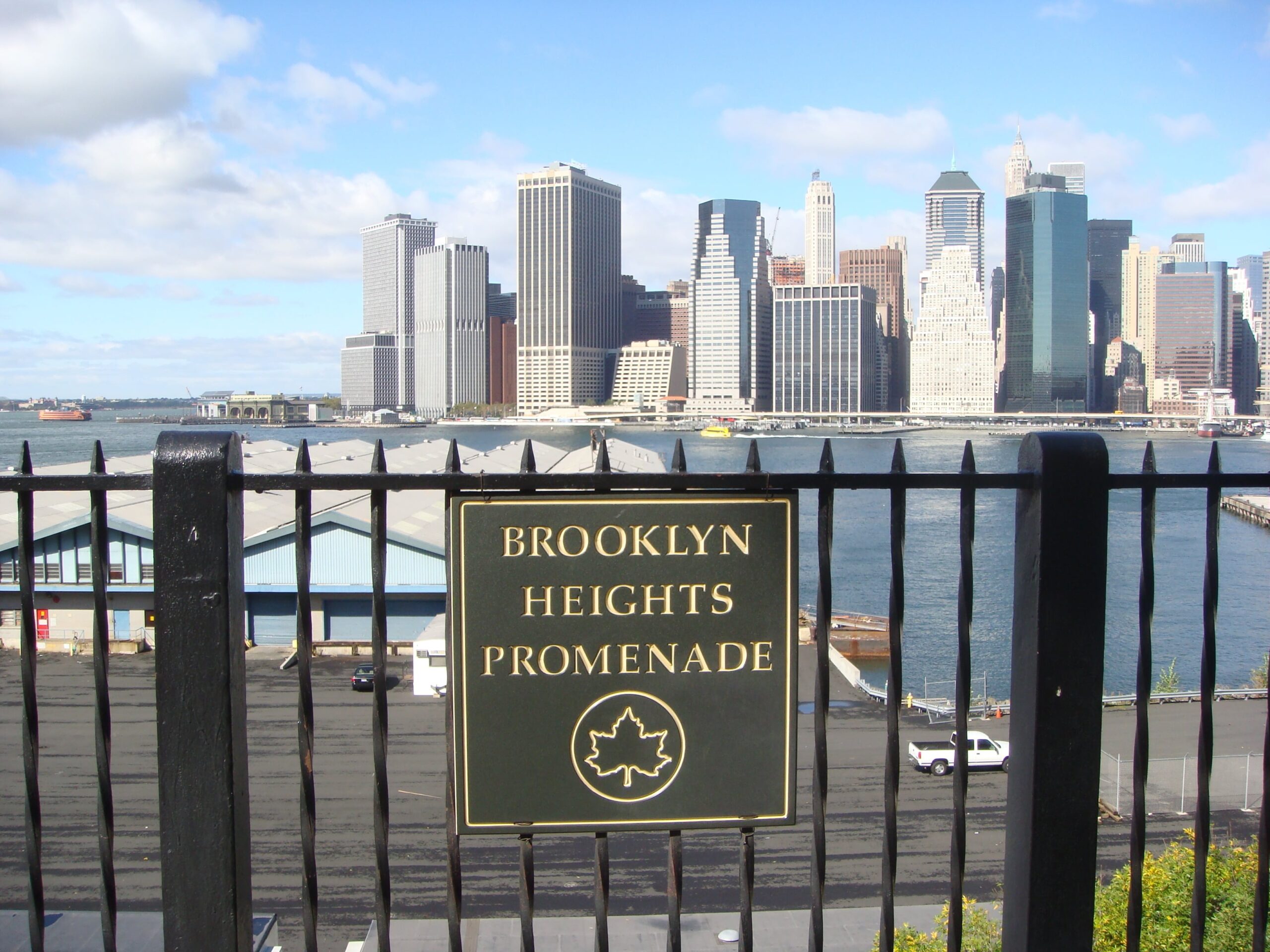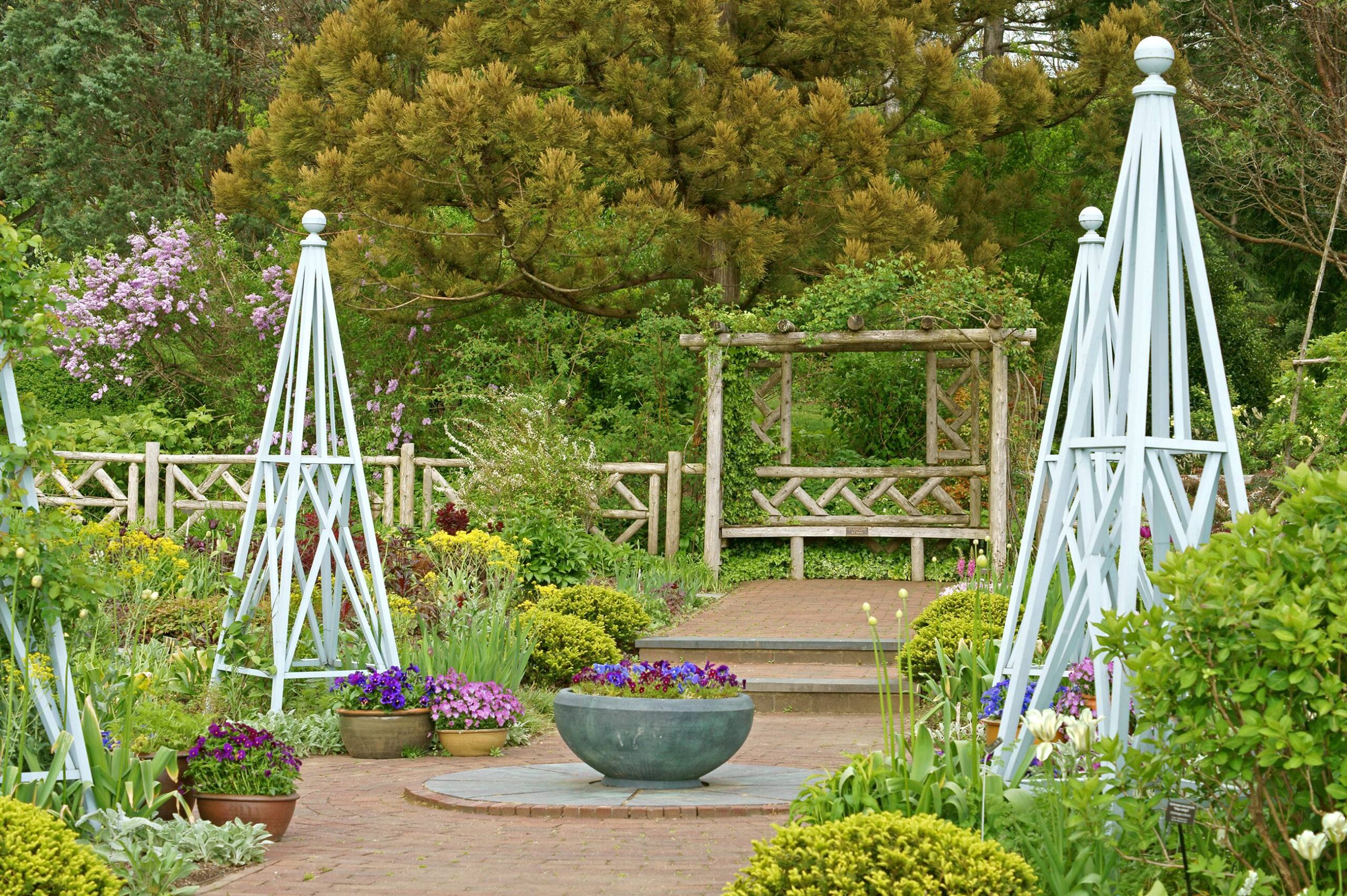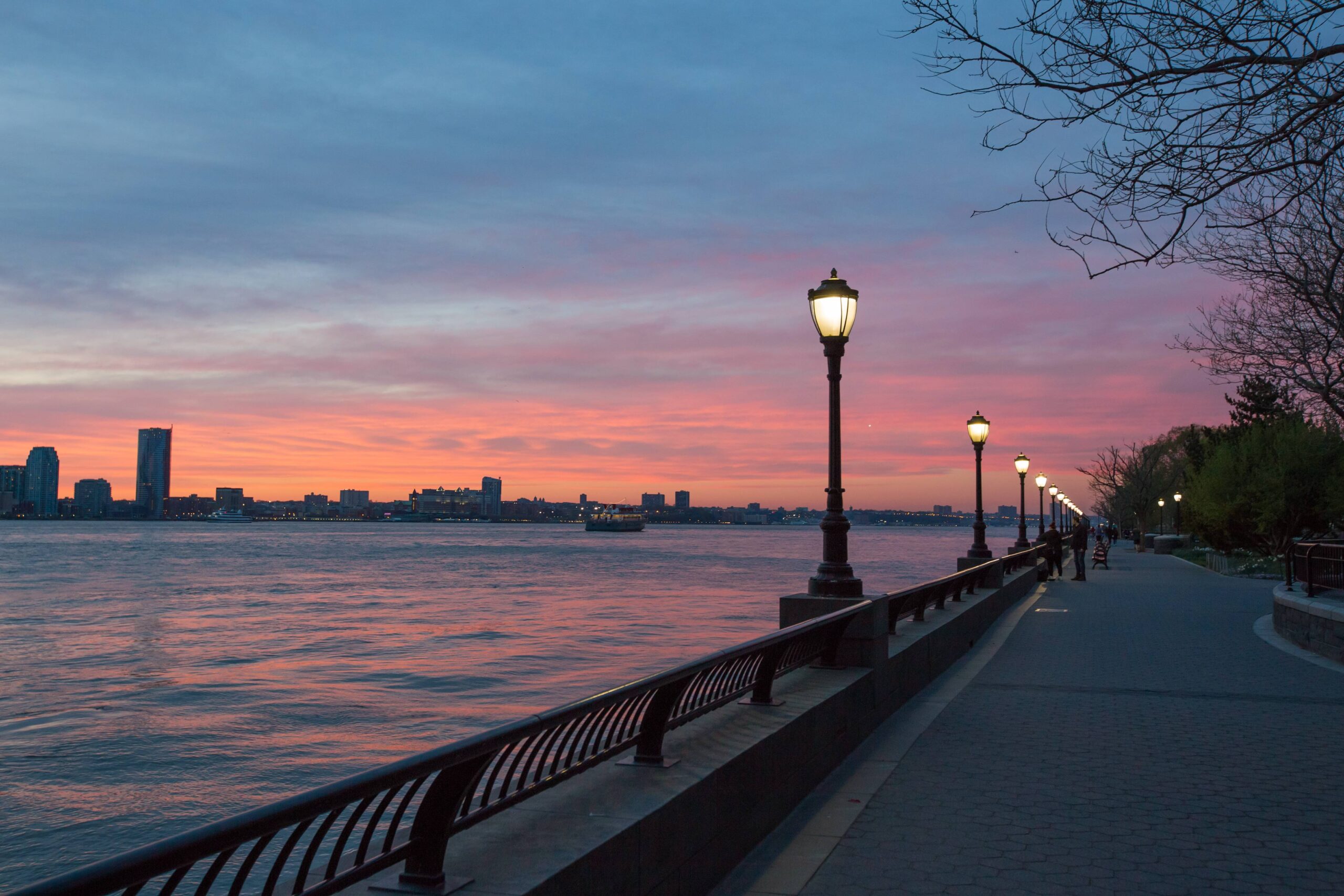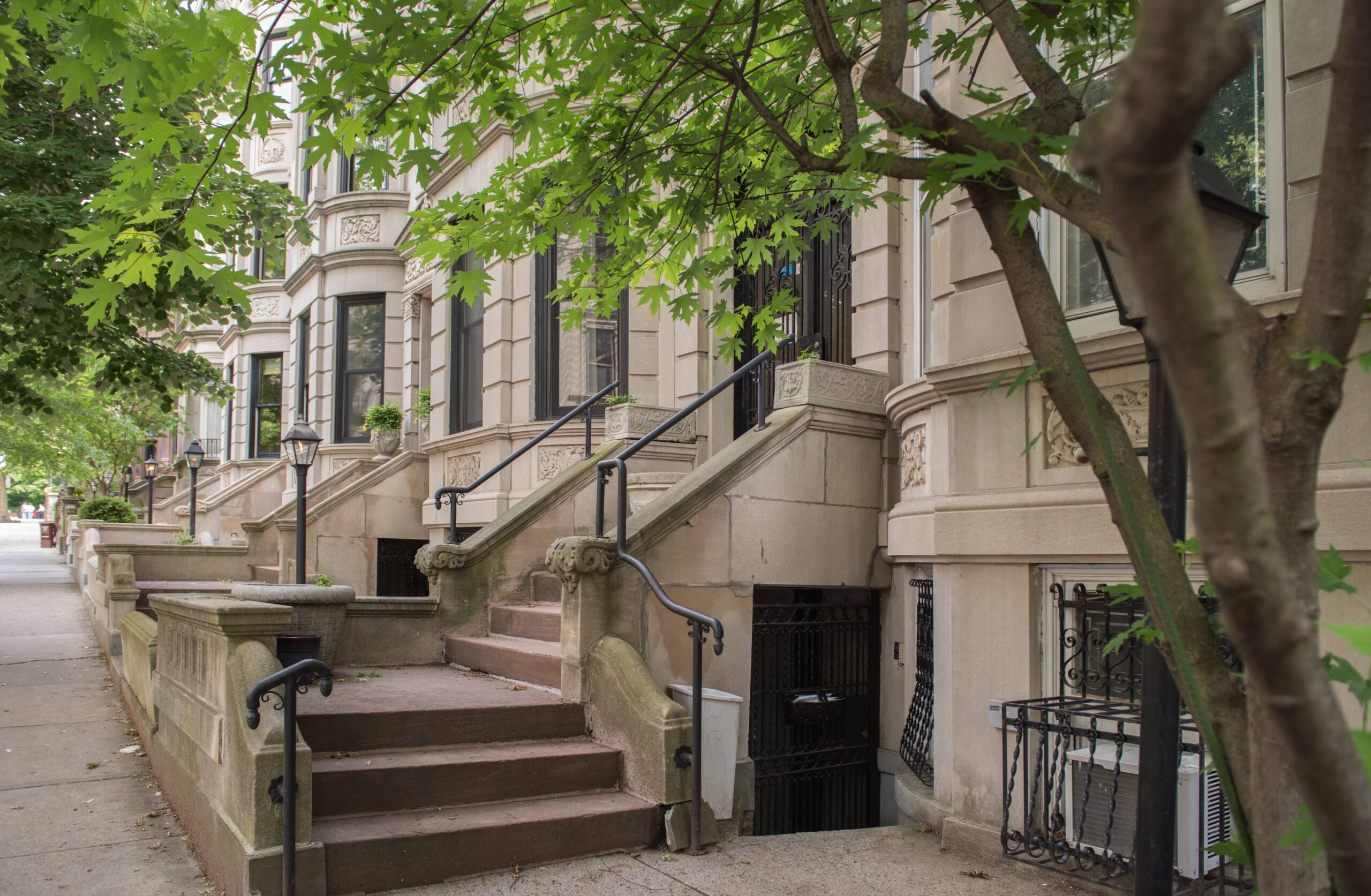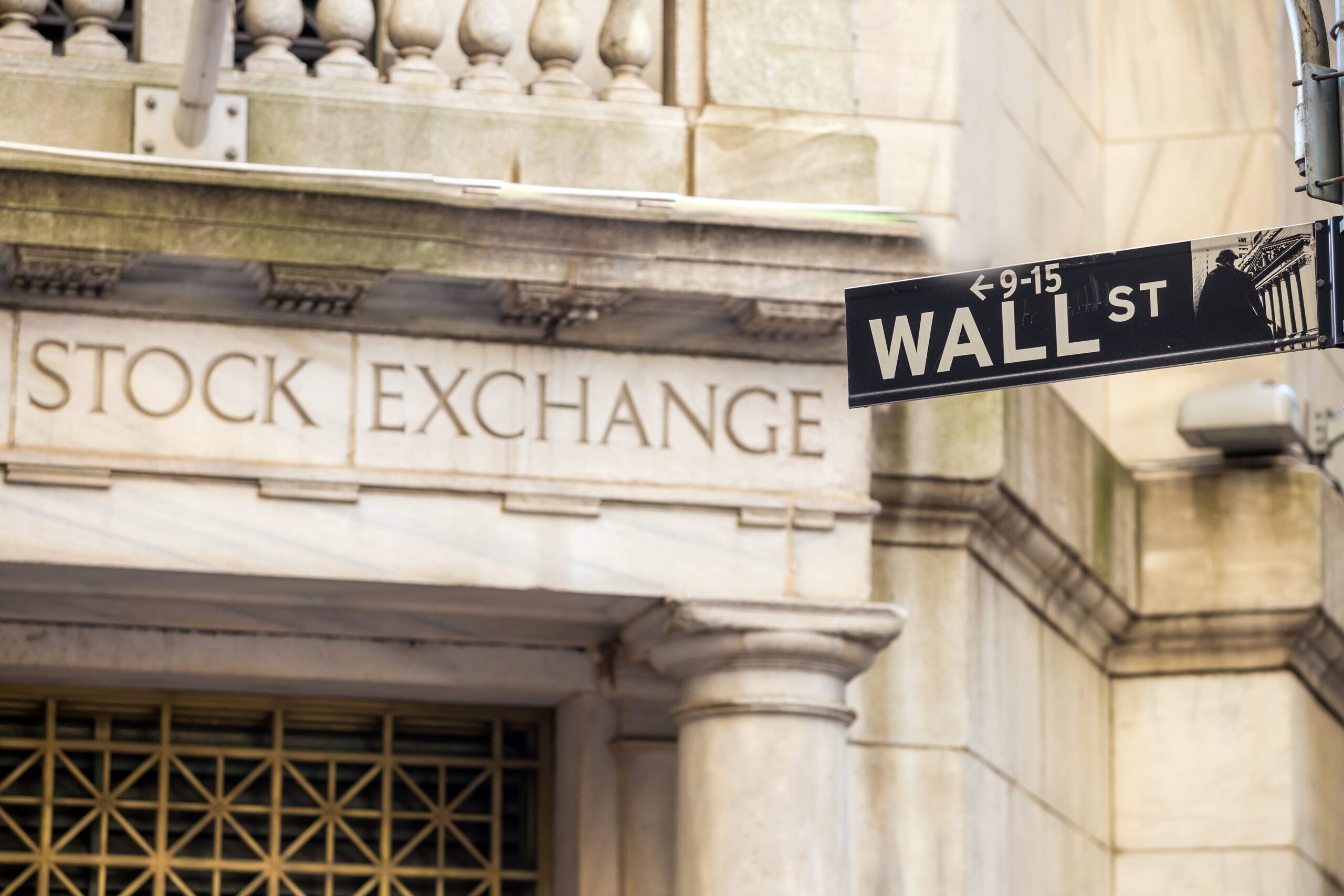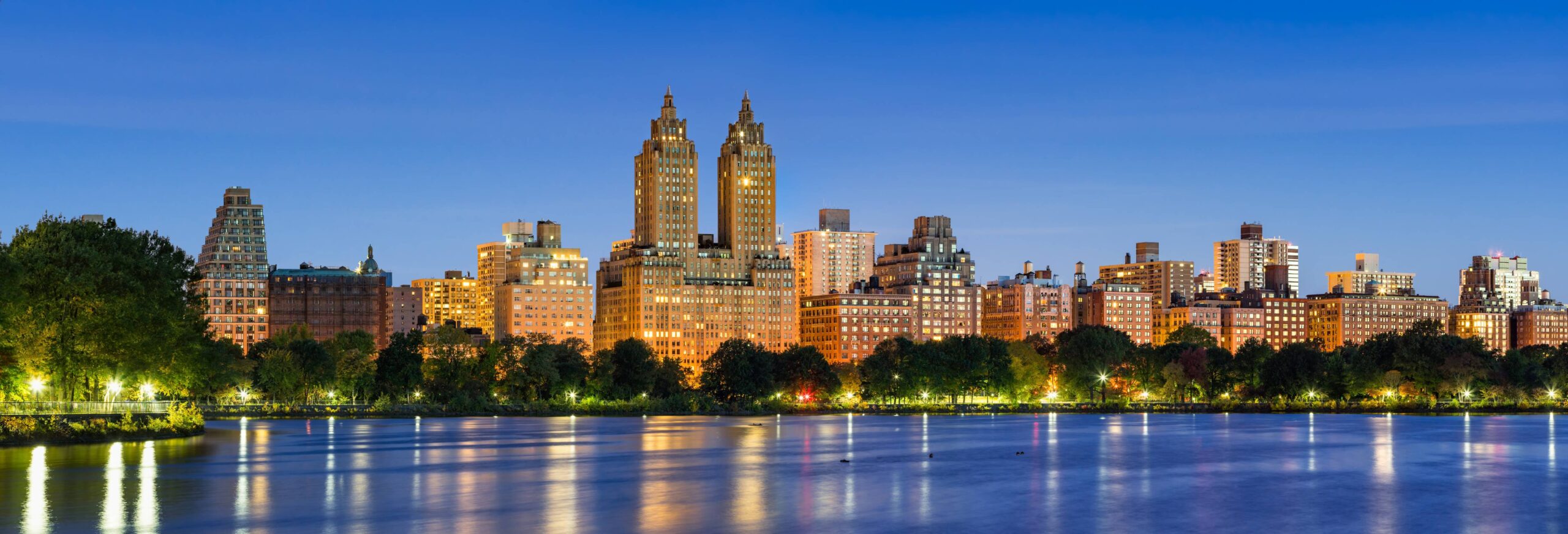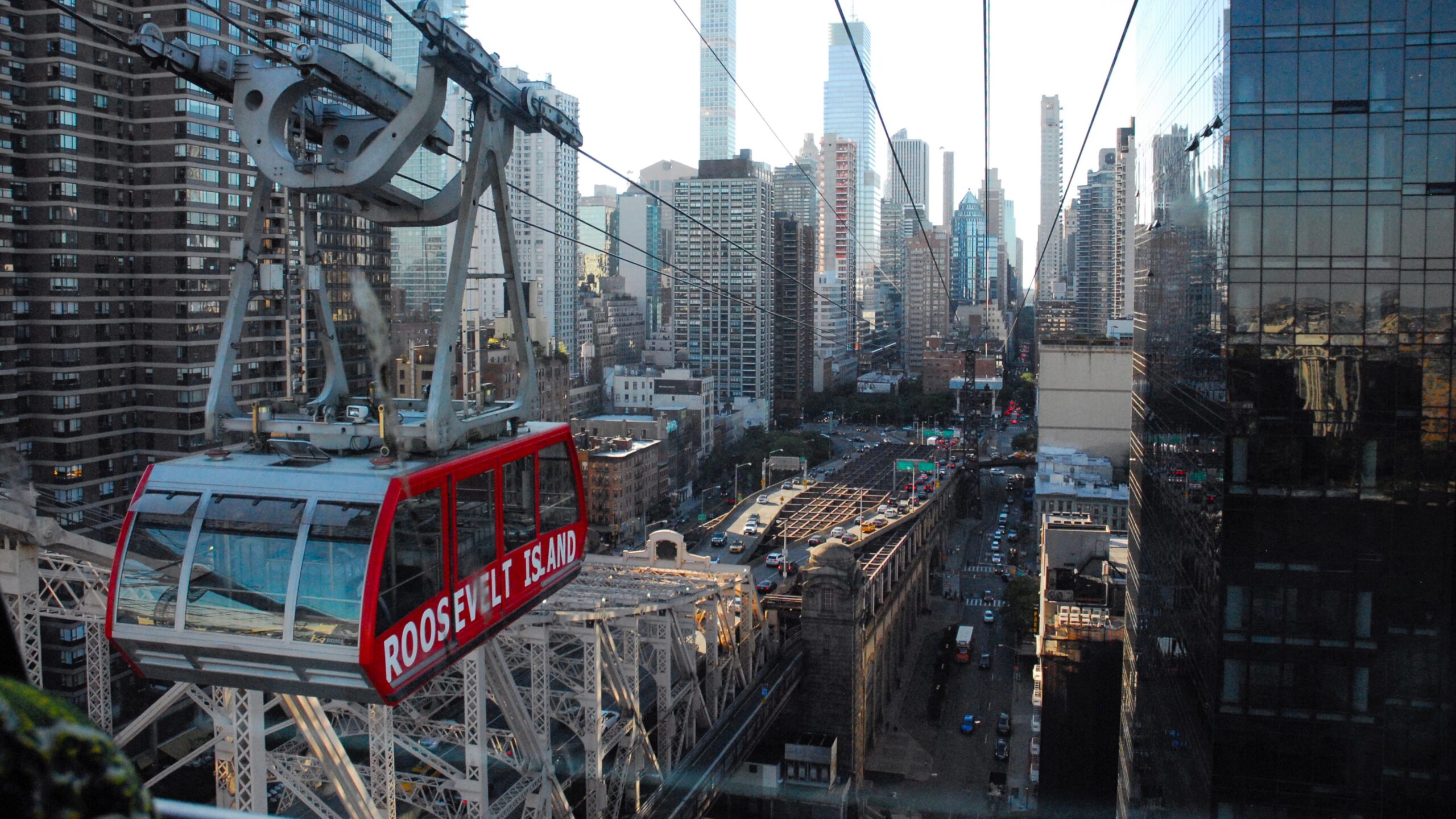Geography
History
SoHo’s history is connected to Dutch, like most other areas of NYC, but it’s a bit different. It was part of the land given to freed black slaves and was the first settlement of its kind in Manhattan. The land containing SoHo changed many hands and saw little development until the 1800s when a large water reservoir called the Collect Pond (polluted due to industries in the vicinity) was drained. Between 1820 and 1895, it was home to one of NYC’s premier pleasure gardens called Niblo’s Garden.
It also saw extensive industrial growth in the 18th century, especially in textile. It was during this time that SoHo got its characteristic cast-iron architecture (1840 and 1880), which became a historic district in 1973. The industrial era of SoHo fizzled to nothing in the 1900s, and in the 70s, artists started to move into these industrial buildings with large, open lofts. The neighborhood began to change as mixed-use in the 80s.
The neighborhood still retains its industrial and artistic roots. In 2010, another extension to the original SoHo Cast Iron District was approved.
Origin Of The Name
Other names associated with the neighborhood are the Valley (due to low-rise constructions) and Hell’s Hundred Acres, a name given by the city’s fire department after a slew of warehouse fires.
Main Attractions Of The Neighborhood
- Dominique Ansel Bakery (189 Spring St): It’s one of the best French bakeries in the city. Their famous “Cronuts,” a mixture between croissants and donuts, are the highlight and the reason people sometimes have to wait in line to enter the bakery.
- Jack’s Wife Freda (224 Lafayette St): It’s a beautiful, homely restaurant for casual dining. The dishes are mostly Israeli and African in origin, which is an unusual but apparently tasty combination. It’s a premium brunch location in the neighborhood.
- The Dutch (131 Sullivan St): If you are looking for one food establishment that offers a very geographically diversified menu, it’s The Dutch in SoHo. It’s also relatively reasonably priced.
- Balthazar (80 Spring St): If you are looking for French and fancy, Balthazar should be your top pick in SoHo. It has an amazing ambiance and presentation.
- Charlie Bird (5 King St): It’s an American restaurant colored in Italian and offers an amazing wine list, including some options that you might be hard-pressed to find elsewhere.
SoHo has a number of notable buildings, including:
- E.V. Haughwout Building (488 Broadway): It’s one of the most important cast-iron structures around the globe, widely considered to be the precursor of modern steel skyscrapers. It is also the site of the world’s first installed and functional passenger elevator.
- The Mercer (147 Mercer St): This fancy hotel building completed in 1890 is a great example of Romanesque revival architecture and one of the few hotels in NYC that offer a “loft” experience to the guests.
- The Silk Exchange Building (487 Broadway): The building stands out due to its unique architecture and structural ornamentation. Its construction (due to its narrow area) was ahead of its time and required steel framing.
- 107 Spring St: It’s the oldest building in SoHo and was constructed in 1808.
- Little Singer Building (561 Broadway): It’s a beautiful building created by the same architect that designed the Singer Tower – A famous early Manhattan skyscraper.
If you are attracted by cast-iron architecture, then practically most of SoHo is an attraction for you. However, there are a few specific attractions that you may not want to miss out on when in the neighborhood. And these attractions reflect the neighborhood’s artistic population.
- Museum of Ice Cream (558 Broadway): It’s an establishment that welcomes and encourages creativity and is one of the most Instagrammable places in the neighborhood (that’s saying something in SoHo). It also offers unique and creative ice creams.
- Leslie-Lohman Museum of Art (26 Wooster St): It’s a visual arts museum dedicated to LGBT artists and arts.
- The Drawing Center (35 Wooster St): It’s a museum and non-profit exhibition space, making it a great place for up-and-coming artists to show their work.
- Father Fagan Park (190 6th Ave): One of the few parks in SoHo, named after a brave man who died saving others from fire.
- A Walk Through The Broadway: While not exactly a specific place, it’s one of the main attractions of SoHo. Broadway is lined with many fancy stores SoHo is famous for.
What Is SoHo Known For?
- Its distinctive cast-iron architecture.
- Its artsy boutiques, making it a must-have neighborhood for shopaholics.
- Its lively vibe.
- Being one of the most expensive neighborhoods in the city (top ten).
- Some of the most expensive rents in Manhattan.
- Cobbled streets and still visible industrial roots of the neighborhood.
Population
The city estimated the population of Manhattan Community District 2, which includes SoHo and Greenwich Village (including multiple neighborhoods), at 91,638. Multiple sources put the population of the neighborhood around 19,000.
Interesting Facts About SoHo
- Even though cast iron architecture dates back to the 9th century (Pagodas in China), and it was the norm for certain high industrial buildings in England to use cast-iron architecture, SoHo currently has the highest concentration of cast-iron architecture in the world.
- SoHo saw the installation of the world’s first passenger elevator in a building – fully cast iron E.V. Haughwout Building by Elisha Otis in 1857.
- A morbidly interesting fact about SoHo is that Heath Ledger, responsible for arguably the most famous Joker portrayal in the history of Batman, died there in 2008. His penthouse was recently sold for $49 million.
